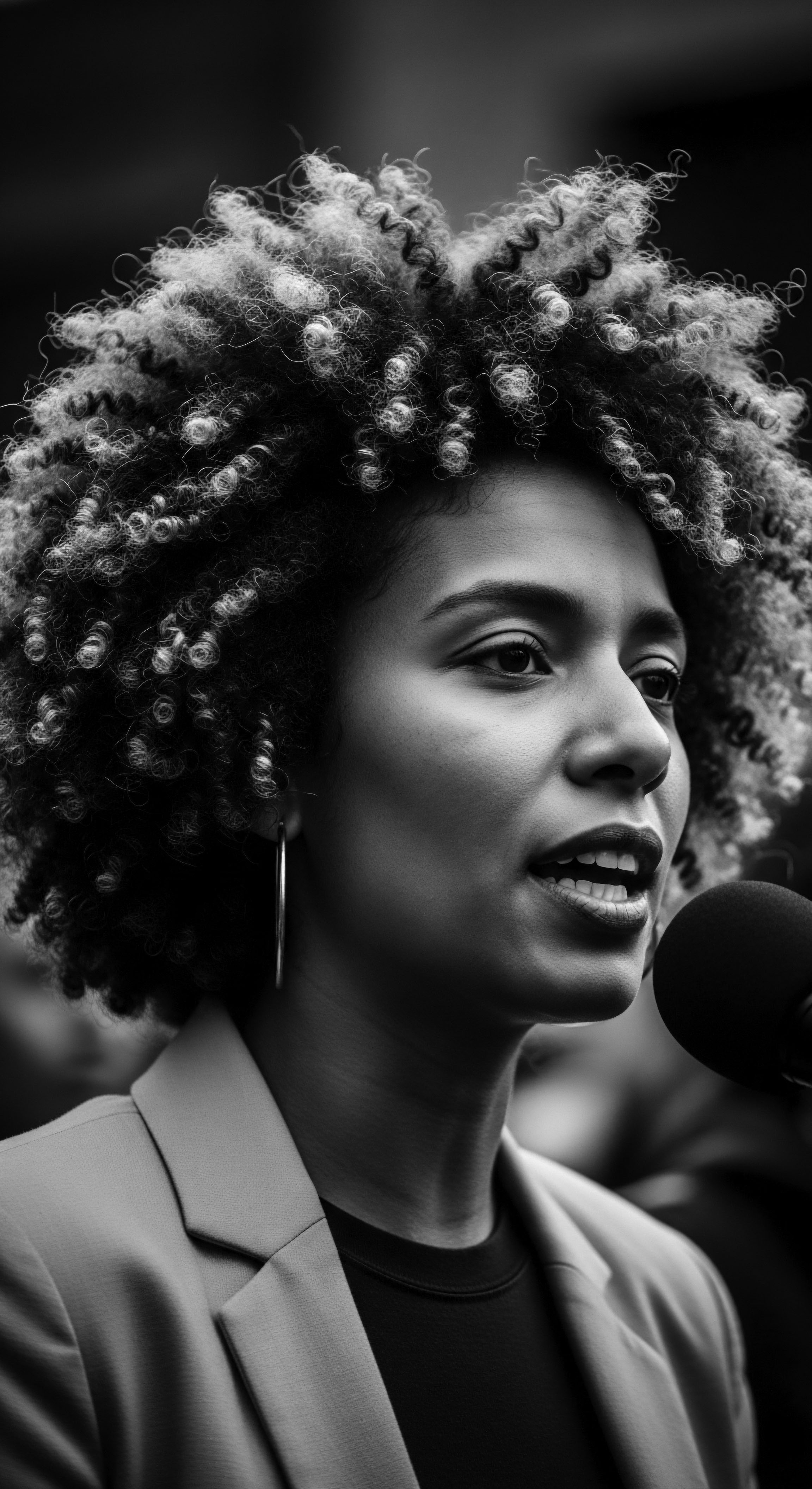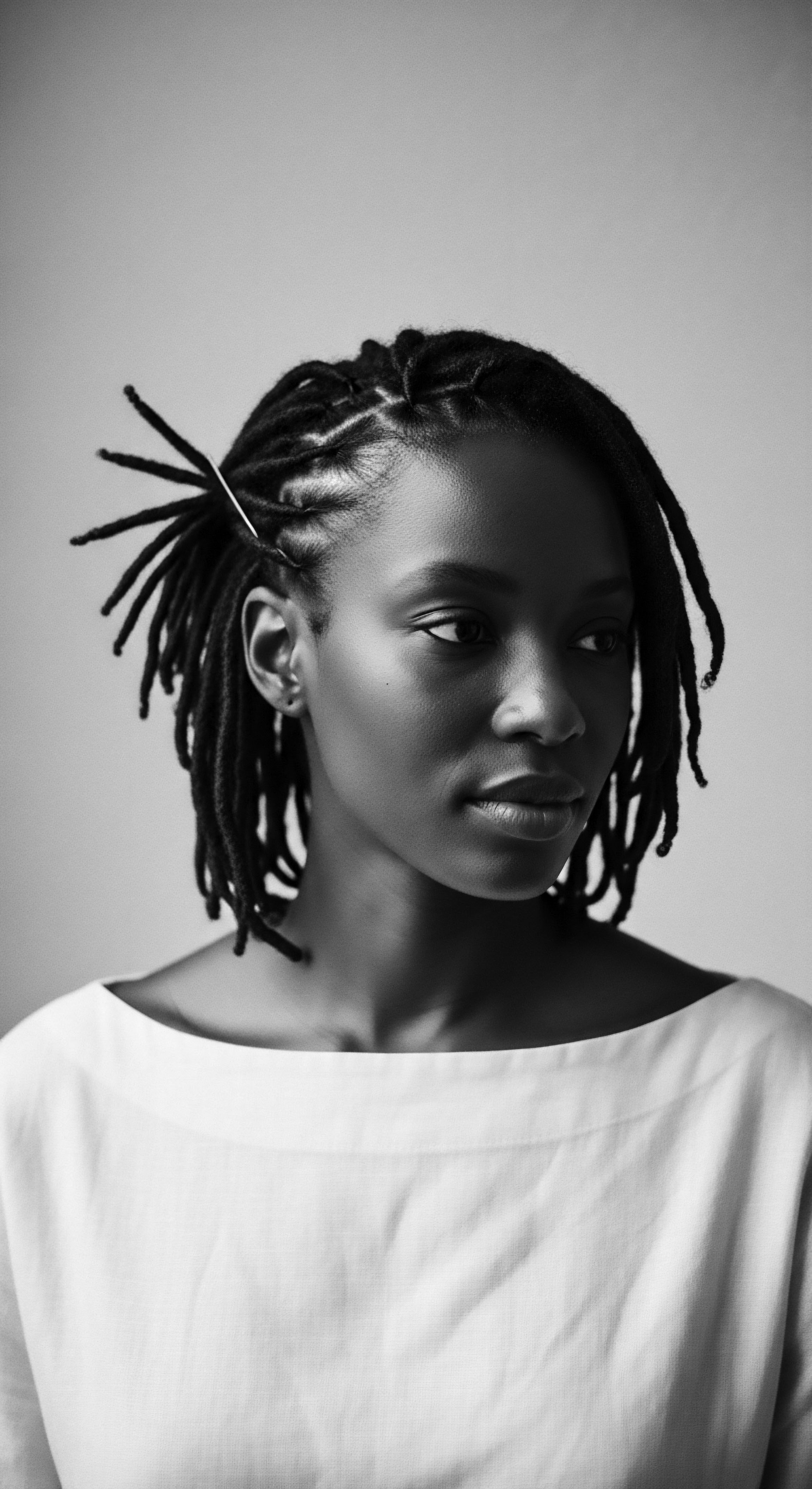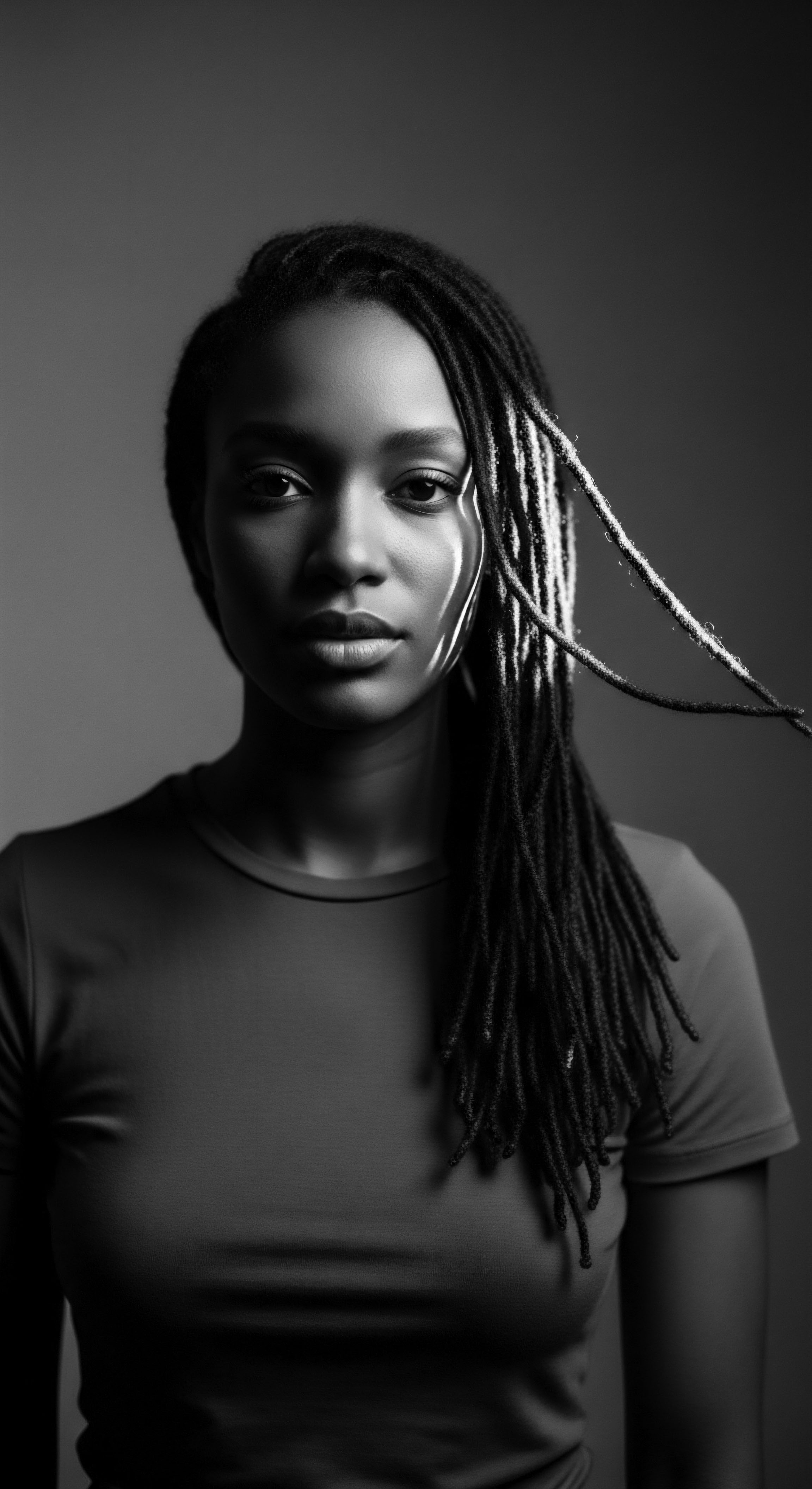
How does shea butter’s economic role empower women and communities in Africa?
Shea butter provides significant economic opportunities for women in Africa, directly supporting communities and preserving **textured hair heritage** through generations.

In what ways do the fatty acids in shea butter specifically nourish coily and curly hair patterns?
Shea butter's fatty acids provide dual nourishment for coily and curly hair, reflecting centuries of ancestral wisdom and care.

Can shea butter economic gains support textured hair care businesses?
Shea butter's economic gains can uplift textured hair care businesses by honoring its profound West African heritage and empowering its women producers.

Can African Black Soap help with scalp balance for textured hair?
African Black Soap, a staple of West African heritage, can support scalp equilibrium for textured hair by cleansing deeply with natural antimicrobials while nourishing with traditional oils.

What economic impact does shea butter production have on women in West African heritage communities?
Shea butter production empowers West African women economically, rooted in ancient textured hair heritage and traditional care.

What connection does shea butter have to West African hair heritage?
Shea butter, deeply woven into West African hair heritage, nourishes textured strands through ancestral wisdom and rich botanical properties.

What is shea butter’s ancestral role in textured hair care?
Shea butter's ancestral role in textured hair care lies in its deep heritage as a protective, nourishing, and culturally significant African botanical.

What historical connections exist between shea butter and textured hair care?
Shea butter holds ancient roots in West African heritage, serving as a cherished natural emollient for textured hair care and cultural expression.

What is the cultural background of shea butter’s role in hair heritage?
Shea butter holds a powerful cultural background in textured hair heritage, rooted in West African ancestral practices for nourishment, styling, and identity.

How does shea butter help textured hair heritage?
Shea butter aids textured hair by offering ancestral moisture and protection, serving as a cultural connection, and affirming identity across generations.

How does cultural heritage influence modern perspectives on black soap for textured hair care?
Cultural heritage shapes modern views on black soap by connecting textured hair care to ancestral wisdom, community rituals, and identity reclamation.

What historical role did shea butter play in black soap?
Shea butter provided a vital emollient in black soap, balancing strong cleansing and nourishing textured hair as an ancestral heritage practice.

How does ancestral shea butter extraction benefit textured hair?
Ancestral shea butter extraction preserves unique compounds, offering deep moisture and protection for textured hair, rooted in rich cultural heritage.

How does Shea butter link to textured hair legacy?
Shea butter links to textured hair legacy through ancient practices of deep moisture, protection, and cultural identity.

What historical role did shea butter play in West African economies?
Shea butter served as a cornerstone of West African economies for millennia, deeply entwined with the heritage of textured hair care and women's economic autonomy.

What is shea butter’s original homeland?
Shea butter originates from the Vitellaria paradoxa tree, indigenous to the West African savannah, profoundly linked to textured hair heritage.

How does shea butter connect to African textured hair identity?
Shea butter profoundly connects with textured hair identity by preserving ancestral practices, offering natural sustenance, and symbolizing cultural resilience.
